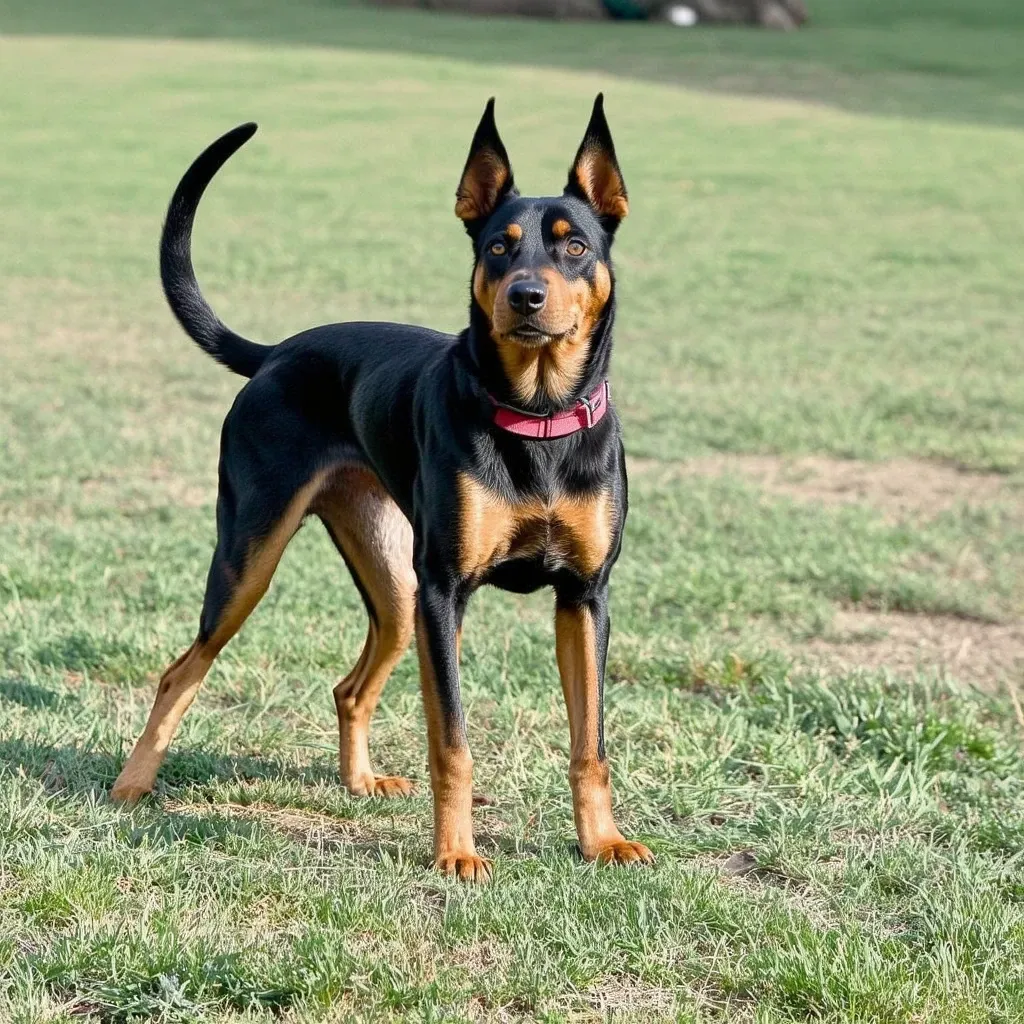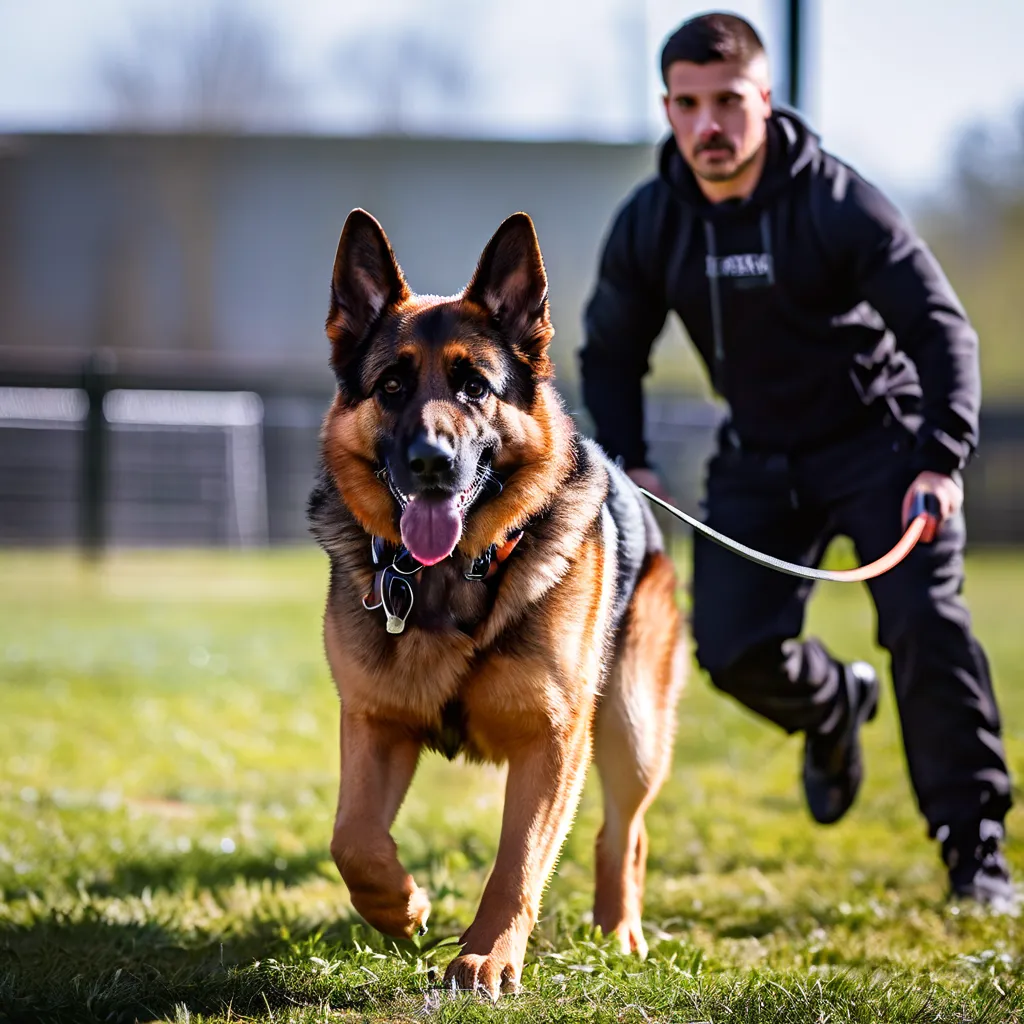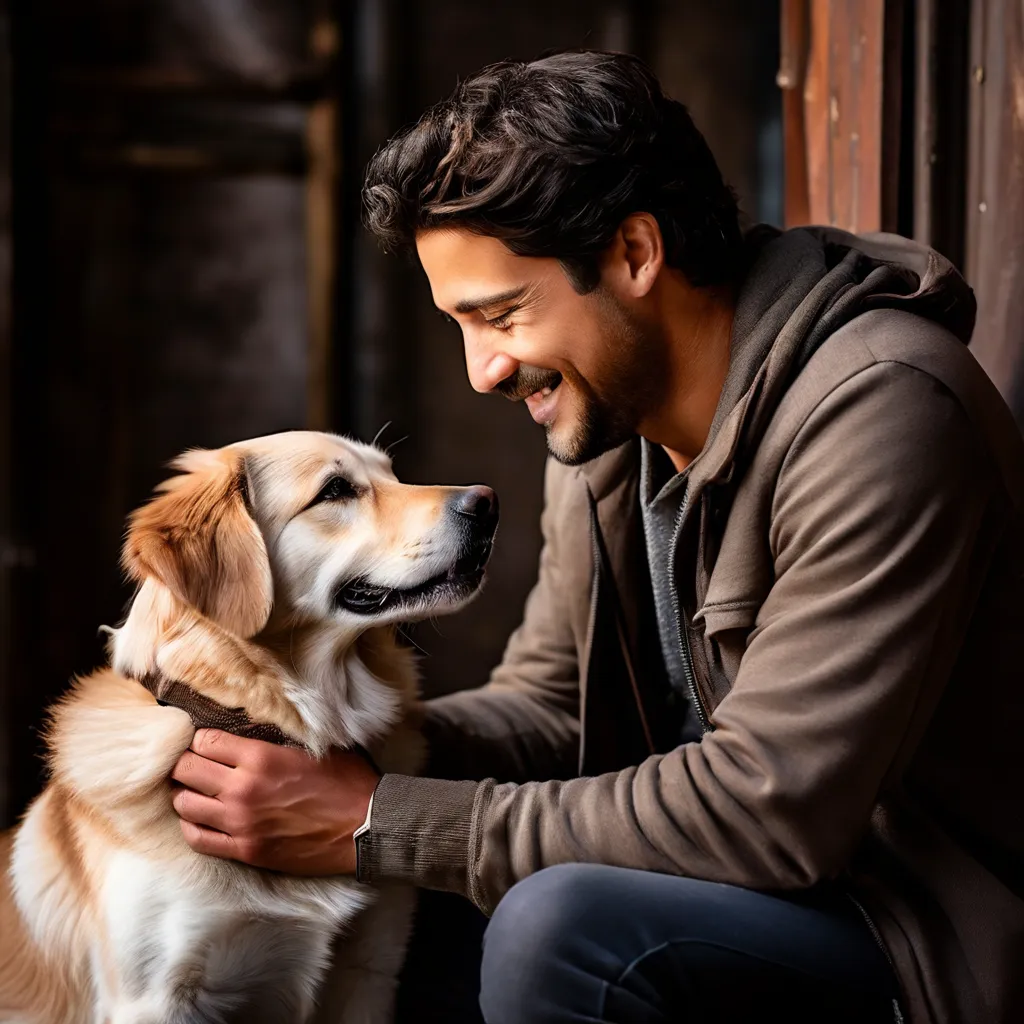Introduction
A Level 3 Protection Dog is a highly trained canine that serves as a loyal companion and a formidable guardian. Unlike regular pets, these dogs undergo rigorous training to excel in obedience, situational awareness, and controlled aggression. Their primary role is to defend against actual threats, making them an excellent addition to families or individuals with specific security concerns.
These specially trained dogs are capable of handling a variety of situations and possess a high level of physical, mental, and emotional strength. With the right handler training and care, a Level 3 Protection Dog can seamlessly blend into family life. However, it’s crucial to match the dog’s temperament and energy level with your family’s lifestyle, as some dogs may be better suited for families with older children or more active households.
In this blog post, we will delve into the world of Level 3 Protection Dogs, exploring their characteristics, training process, and benefits. We will also discuss the differences between guard dogs and protection dogs, as well as the various settings in which Level 3 Protection Dogs can be utilized.

Defining Level III Protection Dogs: Understanding Their Role
A Level III Protection Dog is a highly trained canine that has been bred and conditioned to provide advanced protection services. These dogs are often used in high-risk environments, such as government facilities, high-end estates, and other areas where security is a top priority.
What is a Level III Protection Dog?
A Level III Protection Dog is a dog that has been trained to respond to threats in a specific way. They are trained to be calm and composed in the presence of strangers, but will defend their handler or territory if necessary. These dogs are highly intelligent and are able to distinguish between real and perceived threats.
Role of a Level III Protection Dog
The primary role of a Level III Protection Dog is to provide protection and security for their handler or territory. They are trained to be vigilant and alert, and will respond quickly to any potential threats. These dogs are also trained to be obedient and responsive to their handler’s commands, even in high-stress situations.
Key Characteristics of a Level III Protection Dog
- Highly intelligent and trainable
- Calm and composed in the presence of strangers
- Able to distinguish between real and perceived threats
- Vigilant and alert
- Obedient and responsive to handler’s commands
- Physically fit and athletic
Importance of Level III Protection Dogs
Level III Protection Dogs play a critical role in providing security and protection for individuals and organizations. They are highly effective at deterring potential threats and can provide a sense of safety and security for those they protect.

Characteristics Of A Level III Protection Dog
A Level III Protection Dog is a highly trained canine that offers a high degree of security and protection for its owner, and is able to deal with various threats and situations. To be effective in its role, a protection dog must have certain characteristics.
Key Characteristics
- Intelligence: A Level III Protection Dog must be intelligent and able to understand complex commands and situations.
- Obedience: The dog must be obedient and responsive to its handler’s commands, even in high-stress situations.
- Courage: A Level III Protection Dog must be courageous and willing to defend its owner and territory from potential threats.
- Loyalty: The dog must have a strong sense of loyalty to its owner and family, and be willing to protect them at all costs.
- Alertness: A Level III Protection Dog must be highly alert and observant, able to detect potential threats and respond accordingly.
- Size: While not the only factor, a larger dog can be an effective deterrent to potential threats.
Breed Characteristics
While any breed of dog can be trained as a Level III Protection Dog, some breeds are more suited to this role due to their natural instincts and characteristics. These breeds include:
- German Shepherds
- Belgian Malinois
- Rottweilers
- Doberman Pinschers
Energy Level and Coat
A Level III Protection Dog should have a medium energy level, allowing it to respond quickly and effectively to potential threats. The dog’s coat should be short to medium-length, with a smooth or rough double coat that is easy to maintain.
Life Span
The average life span of a Level III Protection Dog is 8 to 10 years, depending on the breed and individual dog.
Ideal Guard Dog
An ideal guard dog is typically large, fearless, and responsive to its handler’s commands. The dog should be protective without being aggressive, and should be able to distinguish between real and perceived threats.
Training Process For A Level III Protection Dog
A Level III Protection Dog is a highly trained canine that has been conditioned to respond to various threats and situations. The training process for a Level III Protection Dog is rigorous and comprehensive, involving both physical and mental conditioning.
Phase 1: Basic Obedience Training
The first phase of training involves basic obedience training, where the dog learns to respond to commands such as “sit,” “stay,” “come,” and “heel.” This phase is crucial in establishing a strong bond between the dog and its handler.
Phase 2: Advanced Obedience Training
In the second phase, the dog undergoes advanced obedience training, where it learns to respond to commands in distracting environments and situations. This phase helps to build the dog’s focus and concentration.
Phase 3: Protection Training
The third phase involves protection training, where the dog learns to respond to threats and protect its handler. This phase includes training in:
- Bite work: The dog learns to bite and release on command.
- Threat response: The dog learns to respond to threats, such as strangers approaching its handler.
- Protection scenarios: The dog learns to respond to various protection scenarios, such as home invasions and carjacking.
Phase 4: Socialization and Environmental Training
In the fourth phase, the dog undergoes socialization and environmental training, where it learns to interact with various people, animals, and environments. This phase helps to build the dog’s confidence and calmness in new situations.
Phase 5: Final Training and Certification
The final phase involves final training and certification, where the dog undergoes a series of tests to evaluate its skills and abilities. Upon successful completion, the dog is certified as a Level III Protection Dog.

The training process for a Level III Protection Dog is rigorous and comprehensive, involving both physical and mental conditioning. With proper training and socialization, a Level III Protection Dog can become a loyal and trusted companion.
Differences Between Guard Dogs And Protection Dogs
When it comes to canine security, many people use the terms “guard dog” and “protection dog” interchangeably. However, these two types of dogs serve distinct purposes and have different characteristics.
Job Focus
A guard dog’s primary job is to deter potential threats, whereas a protection dog’s job is to defend against actual threats. Guard dogs are bred and trained to be territorial and aggressive towards anyone who might pose a threat, whether that person is an intruder or just a stranger.
Deterrence vs. Capability
The biggest difference between guard and protection dogs lies in their ability to intervene in a dangerous situation. While deterrence is important, a protection dog is far more likely to be able to contain a dangerous situation if deterrence fails.
Training and Control
Personal protection dogs work intimately with the people they are meant to protect and are under strict human control. Guard dogs, on the other hand, are primarily protective of property.
Key Takeaways
In summary, guard dogs are focused on deterrence and are often used to protect property, whereas protection dogs are trained to defend against actual threats and work closely with their handlers.

Benefits And Uses Of Level III Protection Dogs In Various Settings
Level III protection dogs are highly trained canines that offer a range of benefits and uses in various settings. These dogs are bred and trained to provide protection, security, and companionship, making them an excellent addition to many different environments.
Family Protection
Level III protection dogs are perfect for families who want to ensure their loved ones are safe and secure. These dogs are trained to defend their families and territories from potential threats, providing a sense of security and peace of mind.
Business Security
Businesses can also benefit from having a Level III protection dog on site. These dogs can be trained to patrol the premises, detect potential threats, and alert their handlers to any suspicious activity.
Personal Protection
Individuals who require personal protection can also benefit from having a Level III protection dog. These dogs can be trained to provide a safe and secure environment for their handlers, whether they are at home, in public, or traveling.
Therapy and Companionship
In addition to their protective abilities, Level III protection dogs can also be trained as therapy dogs, providing comfort and companionship to those in need.
Search and Rescue
Level III protection dogs can also be trained for search and rescue operations, using their keen sense of smell and agility to locate missing people or survivors of natural disasters.
Crowd Control
Level III protection dogs can be used for crowd control in various settings, such as concerts, festivals, and sporting events. These dogs can be trained to maintain order and ensure public safety.
Benefits of Level III Protection Dogs
The benefits of Level III protection dogs include:
- Enhanced security and protection
- Increased sense of safety and peace of mind
- Loyalty and companionship
- Trainability and versatility
- Ability to detect and respond to potential threats
Conclusion
In conclusion, a Level III Protection Dog is a highly trained and skilled canine that plays a vital role in various settings, including law enforcement, military, and private security. These dogs undergo rigorous training to develop their obedience, agility, and protection skills, making them an invaluable asset to their handlers.
Through their training, Level III Protection Dogs learn to respond to various commands, navigate complex environments, and detect potential threats. Their keen sense of smell and intuition enable them to detect and respond to suspicious individuals or situations, providing a high level of protection for their handlers and those around them.
The benefits of Level III Protection Dogs extend beyond their protection capabilities. They also serve as a deterrent to potential threats, providing a visible presence that can help to prevent incidents from occurring. Additionally, these dogs can be trained to perform a variety of tasks, such as searching for missing persons, detecting narcotics, and providing support during search and rescue operations.
In comparison to guard dogs, Level III Protection Dogs are highly trained and skilled canines that are capable of responding to a wide range of situations. While guard dogs may be trained to protect a specific area or individual, Level III Protection Dogs are trained to respond to a variety of threats and situations, making them a more versatile and valuable asset.
In various settings, Level III Protection Dogs have proven to be an effective and valuable asset. In law enforcement, they are used to support officers during high-risk operations, such as search warrants and arrests. In the military, they are used to detect and respond to threats in combat zones. In private security, they are used to protect individuals, families, and businesses from potential threats.
Overall, Level III Protection Dogs are highly trained and skilled canines that play a vital role in various settings. Their training, skills, and abilities make them an invaluable asset to their handlers and those around them.


















